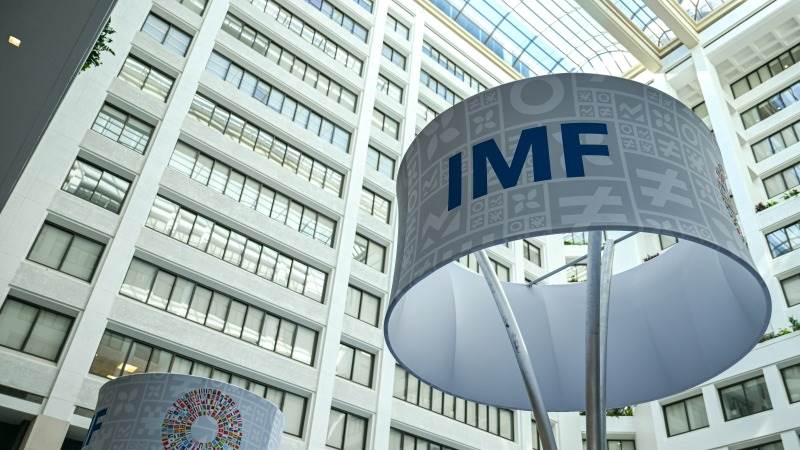As President Donald Trump’s sweeping new tariffs take effect, the International Monetary Fund (IMF) and leading economic analysts are sounding the alarm: the costs may far outweigh the benefits, with consequences that could reshape the global economic landscape for years to come.
A Historic Tax Hike—and Its Fallout
Trump’s 2025 tariffs, which raise the average U.S. import tax rate from 2.5% to 14.5%—the highest since 1938—are projected to generate trillions in new federal revenue over the next decade.
Yet, the IMF and independent models agree: this revenue comes at a steep price. The Penn Wharton Budget Model estimates a staggering 6% reduction in long-run U.S. GDP and a 5% drop in wages, with the average middle-income household facing a $22,000 lifetime loss.
These losses are more than double those from an equivalent corporate tax hike.
The IMF’s Warning: Growth, Jobs, and Wages at Risk
The IMF’s assessment is blunt. While tariffs may deliver a short-term revenue boost, they threaten to slow U.S. economic growth, reduce investment, and suppress real wages.
The Peterson Institute for International Economics calculates that, even after accounting for new tariff revenues, the net gain shrinks drastically once slower growth and likely foreign retaliation are factored in—falling from $3.2 trillion to as little as $791 billion, depending on the tariff rate and the extent of retaliation.
The hardest-hit sectors? Agriculture, mining, and manufacturing, all of which rely heavily on exports and are especially vulnerable to retaliatory tariffs from U.S. trading partners.
Household Budgets and Inflation Under Pressure
For American consumers, the tariffs translate into higher prices on a wide array of goods—from autos and electronics to groceries and fuel.
Analysts estimate the average household will pay $1,000 to $1,200 more per year, with some product categories seeing double-digit price hikes.
Inflation is expected to rise by at least 0.6 percentage points, further squeezing family budgets and potentially pushing the economy toward recession if trading partners retaliate as expected.
A Global Ripple Effect
The IMF’s broader concern is the potential for Trump’s tariffs to trigger a new era of global economic fragmentation.
As the U.S. closes its doors to imports, other countries are likely to respond in kind, reducing international capital flows and undermining the openness that has fueled growth for decades. The result: slower growth not just in the U.S., but worldwide.
Beyond the Numbers: A Shift in Economic Philosophy
What makes this moment unique is not just the scale of the tariffs, but the underlying shift in U.S. economic policy.
The IMF and leading economists warn that the move away from open markets and toward protectionism risks reversing decades of progress in global trade and prosperity.
“Many existing trade and macroeconomic models fail to capture the full harm caused by tariffs,” the Penn Wharton Budget Model notes, emphasizing that the actual economic declines could be even larger than current projections suggest.
Conclusion: A High-Stakes Gamble
As the dust settles on Trump’s tariff order, the IMF’s message is clear: while tariffs may fill government coffers in the short run, they risk undermining the foundations of U.S. and global economic growth.
The coming months will reveal whether the administration’s gamble pays off—or whether the costs, as the IMF warns, prove too high for Americans and the world to bear.
Also Read

